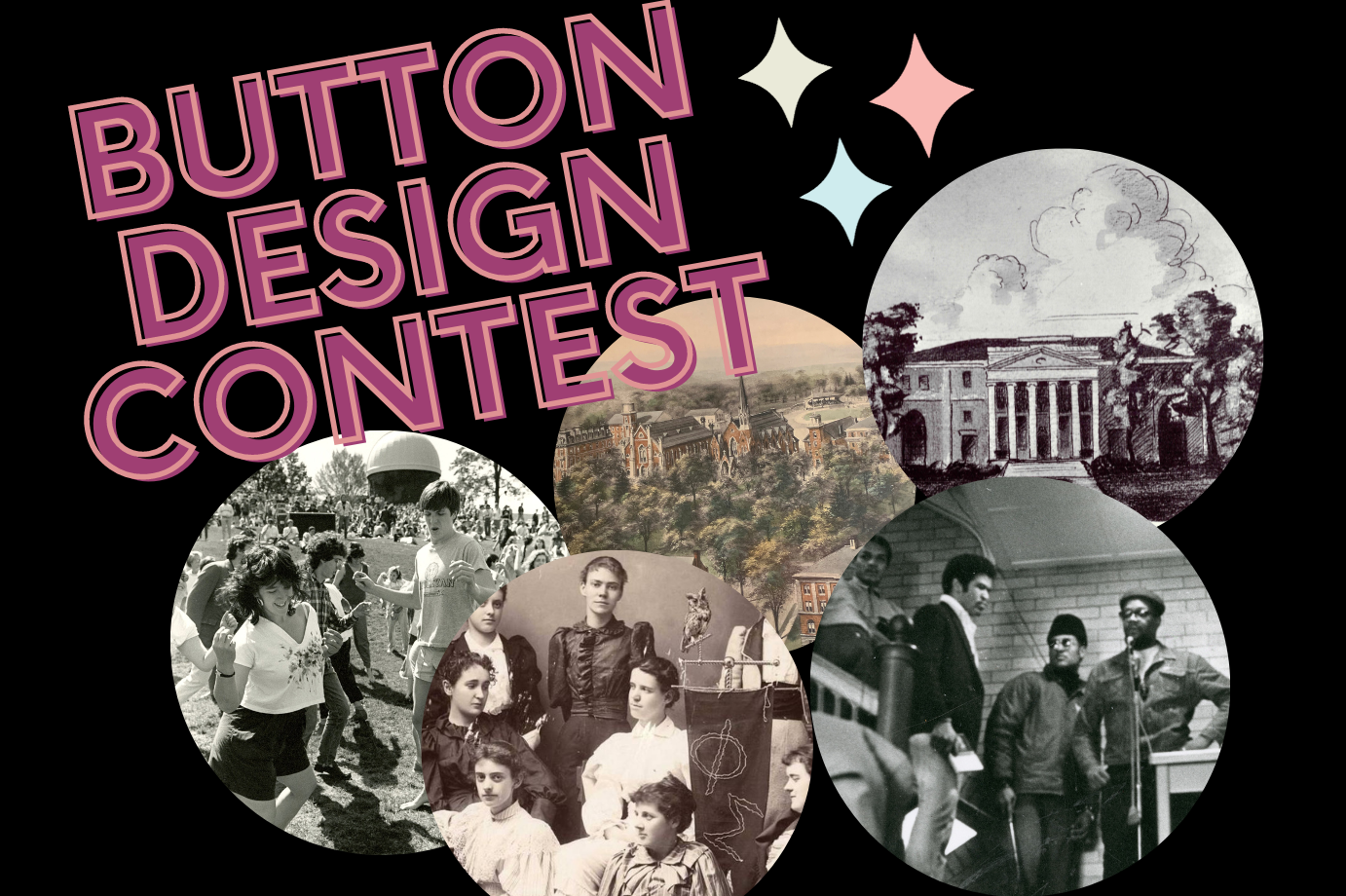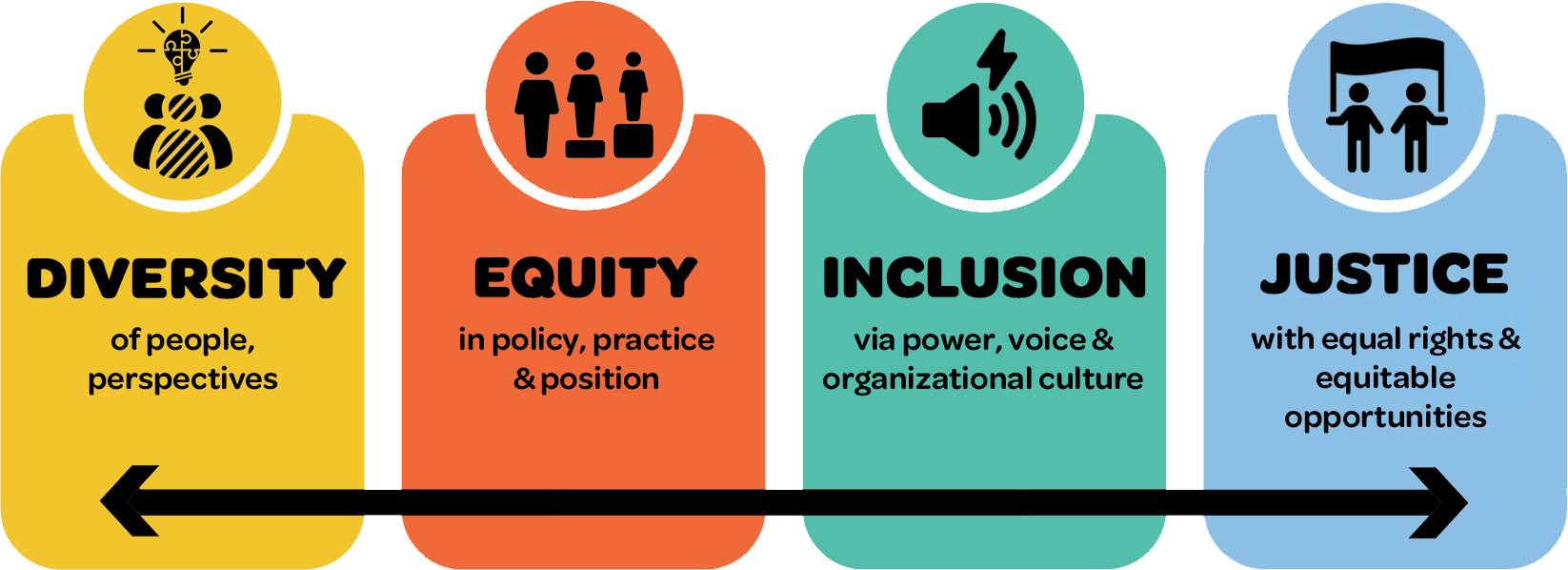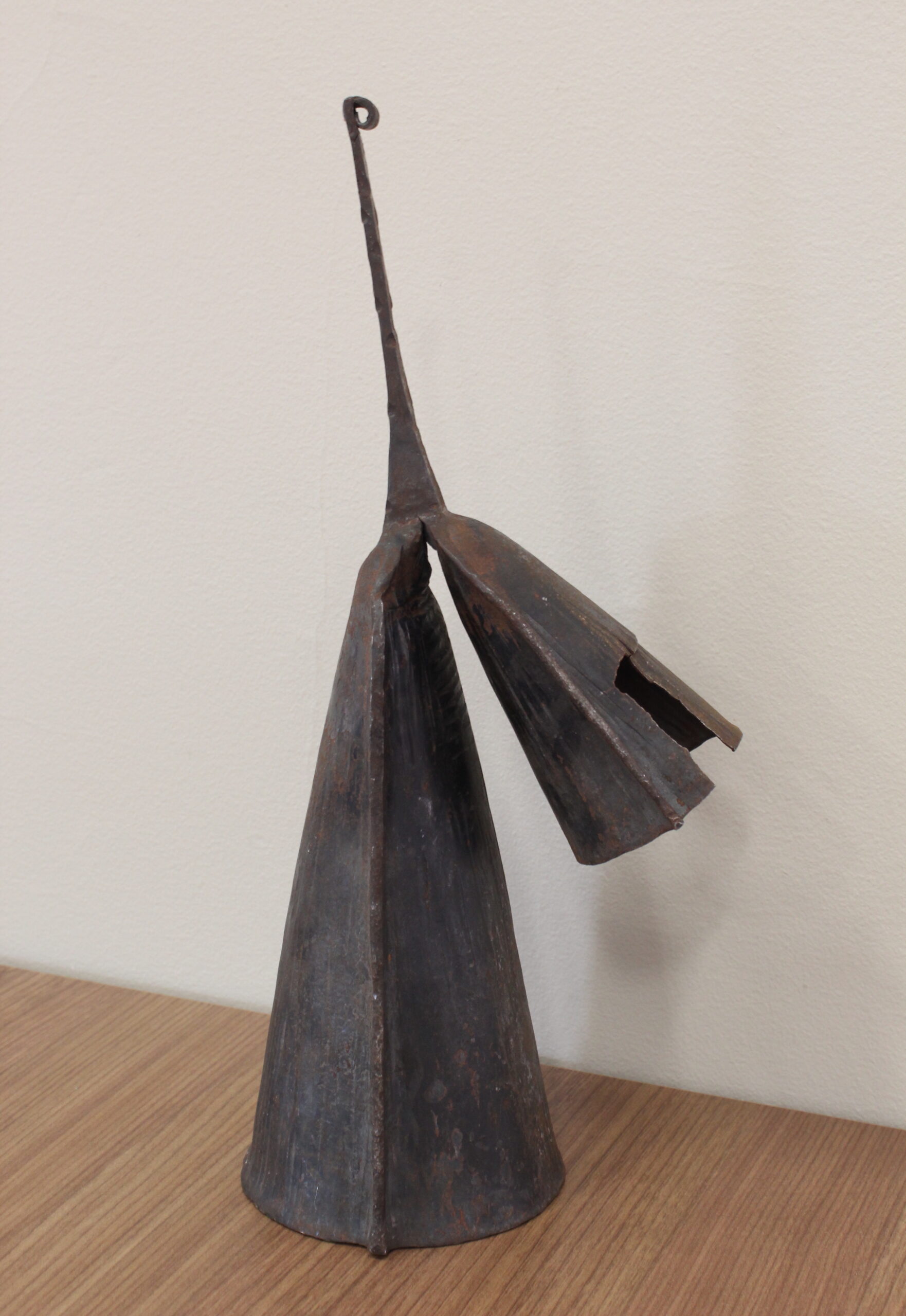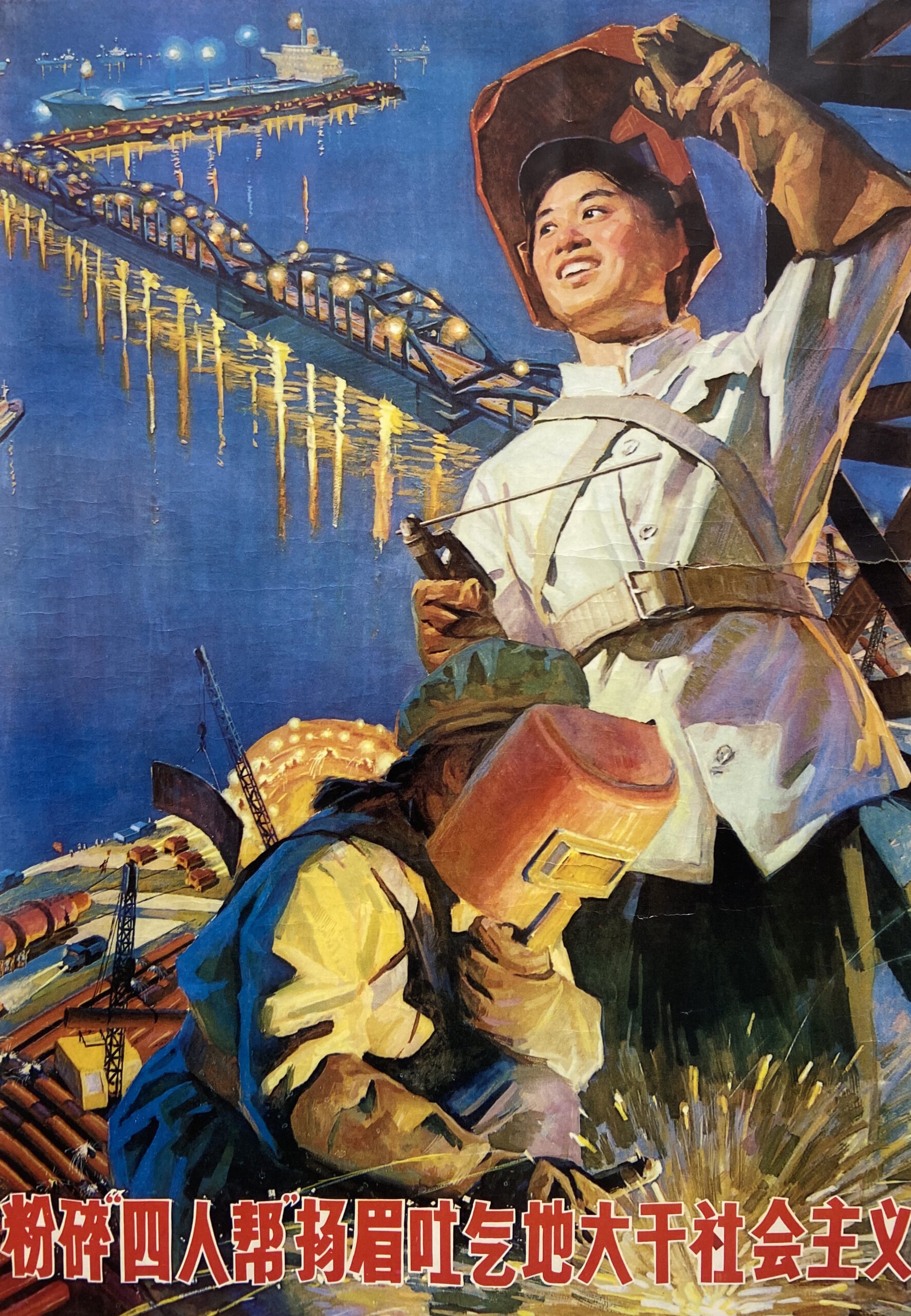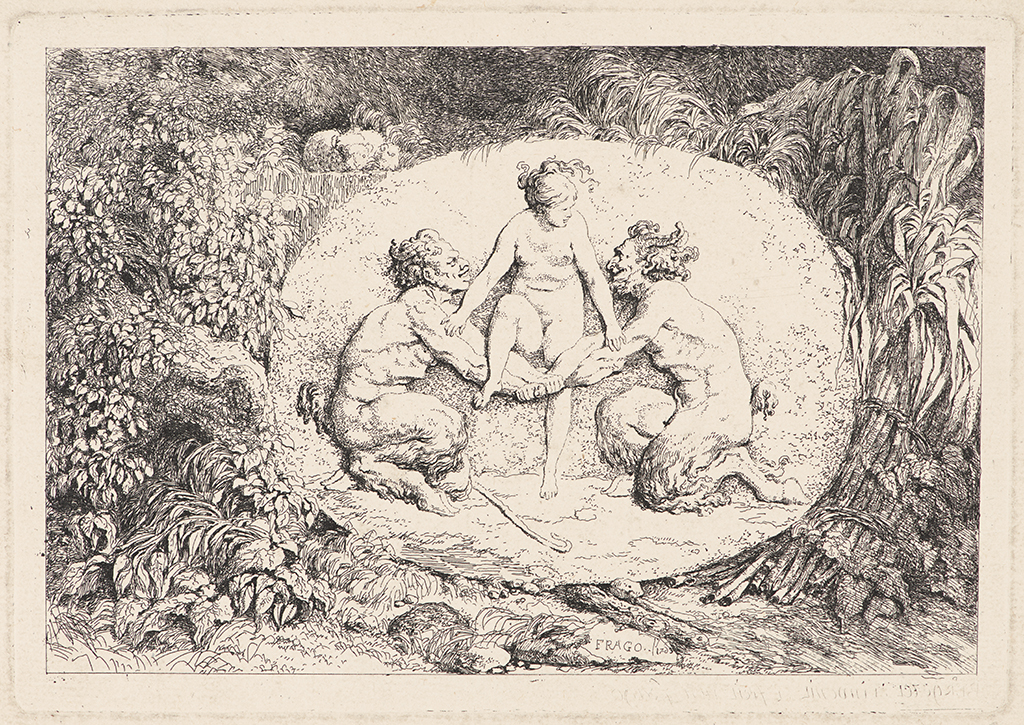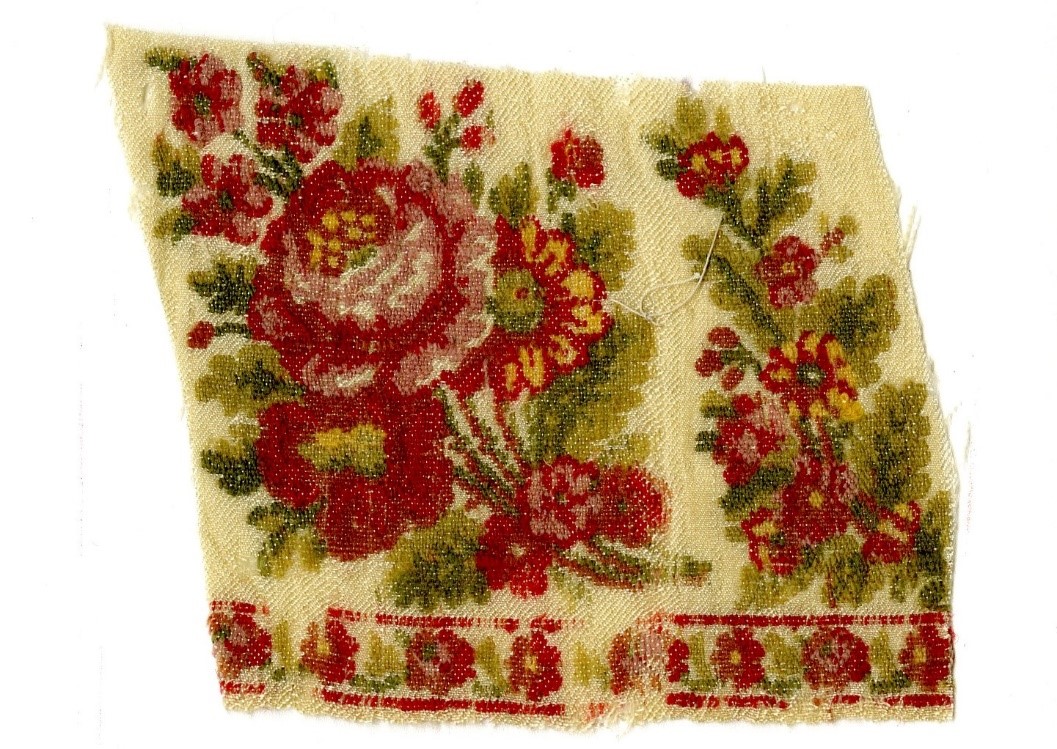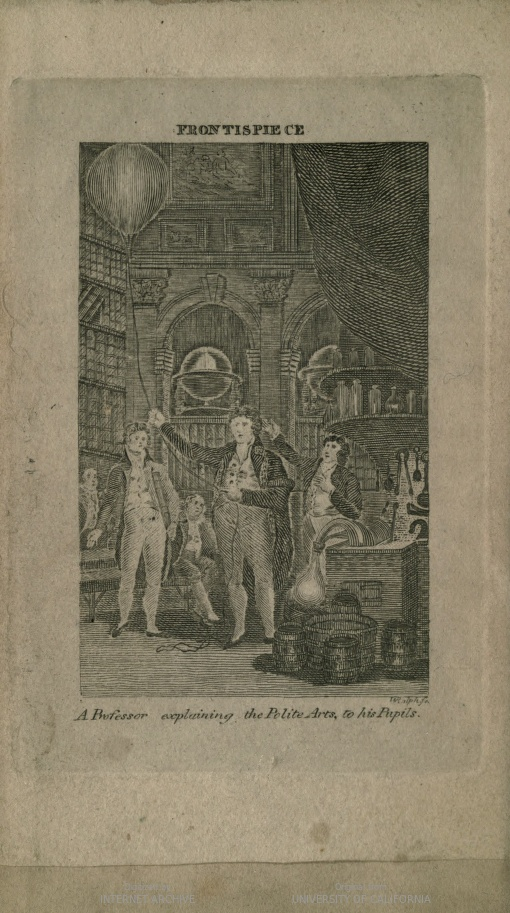Design Buttons for New Student Orientation!
We know the days leading up to your campus arrival date can drag on, and that many students are eager to get back into the swing of things. With this in mind, we thought we’d give you an opportunity to channel your anticipation and creative energy. As part of our 2021 orientation offerings, the library … Read more


